Koreans are renowkned for their Flawless skin, slimmer bodies and lively vitality— The fundamental tenets of Korean health and fitness lie in a healthy diet, regular exercise and getting enough sleep. These three pillars promote mental and physical health. People can live longer lives with a disciplined routine and a holistic life-style. Fermented foods, frequent movement and skin care are a combination to improve a well-being life-style. A fascinating glimpse into the secrets of preserving youth and vitality can be found in Korean culture.
Korean Lifestyle
K-Diet : Fresh ingredients and balanced nutrition are key components of Korean cuisine. Rice, seafood, vegetables and a variety of side dishes such as fermented foods like kimchi and complex carbs like sweet potatoes, make up a typical Korean food. To prevent weight gain, they consume low calorie foods and avoid overeating. Antioxidants, vitamins and minerals abound in this diet, supporting general health and preventing aging.
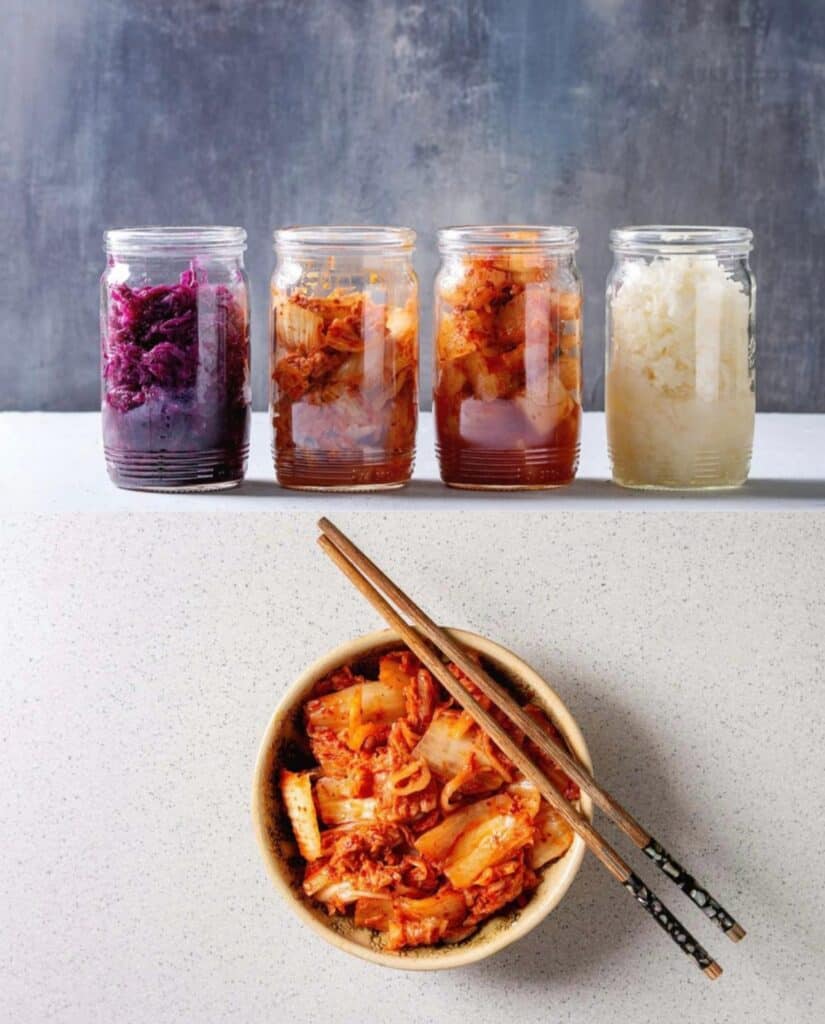
Key Strategies
- Lean Protein:- Their diet mostly comprises lean-protein such as fish, eggs, sea-food, chicken, tofu and legumes. The main goal of a Korean lean protein diet is to reduce consumption of processed and fatty-meats while increasing consumption of high-quality, low-fat protein sources that are common in Korean cooking.
- Enhanced muscle building and repair after exercise.
- Boost metabolic rate and fat burning.
- Improved heart rate by lowering bad colesterol.
- Support bone strength and immune function.
- Diet Rich in Fermented Food :-The Korean diet is rich in various traditional fermented foods that are a staple of Korean cuisine, providing numerous health advantages. Fermented foods like Kimchi, Doenjang(fermented soybean paste), Gochujung(fermented chili-soybean paste) and Makgeolli(fermented rice drink) are an essential part of Korean diet and culture. Incorporating these traditional fermented foods helps to improve the overall health system.
- It enhances digestion, lessens the symptoms of gastrointestinal disorders and preserves a healthy gut microbiome.
- Fermented foods contain probiotics and antioxidants that can strengthen the immune system and help prevent inflammation and infections.
- Avoids Sugar:-Korean people eat fresh fruits, vegetables and nuts instead of processed snacks, junk food and carbonated beverages. They stay energized all day long with these nutritious snacks.
- Cutting sugar helps to reduce weight loss and obesity.
- Avoiding sugar reduces risk of Chronic Disease.
- Better skin health.
- Early Dinner:-In order to ensure proper digestion before bed, the majority of Korean people usually eat a balanced dinner, typically light meals that consist of grilled protein, salads and soups. They prevent overeating and carving at late-night. This is usually done before family members go to evening activities.
- Eating early gives the body ample time to digest food properly before bed time, reducing discomfort bloating and risk of acid reflux.
- Enhanced sleep quality by maintaining digestive activity.
- Helps to maintain regulated blood sugar and insulin levels.

K- Fitness: By combining physical activity with mental health techniques like yoga and meditation, Korean fitness culture makes fitness balanced and sustainable rather than extreme. Good health is based on being physically fit and your level of fitness can be influenced by how and whether you exercise. Exercise in and of itself has several health advantages, including reduced risk of Chronic Disease, improved sleep and happier moods. Korean exercise regimens are varied and include martial arts, traditional practices and contemporary fitness regimens that prioritise coordination, strength flexibility and mindfulness.
Fitness Activities
Regular Exercise:-
The Korean culture is deeply rooted in regular exercise. Physical activity is highly valued by Koreans due to its many health advantages, which include lower body strengthening, stronger muscles exercises and high intensity interval training combined with exercises. Incorporating physical activities such as—
Walking is deeply ingrained as a natural, integral part of daily life rather than just a form of exercise. Everywhere they walk to work and for leisure making movement a seamless part of their routine. Instead of driving or relying on transport for short distances, walking is preferred as an easy, effective way to stay healthy, reflecting a forward- thinking, balanced lifestyle approach. Improves digestion, reduces stress and Yeah.keeps you moving without ever having to go to the gym.
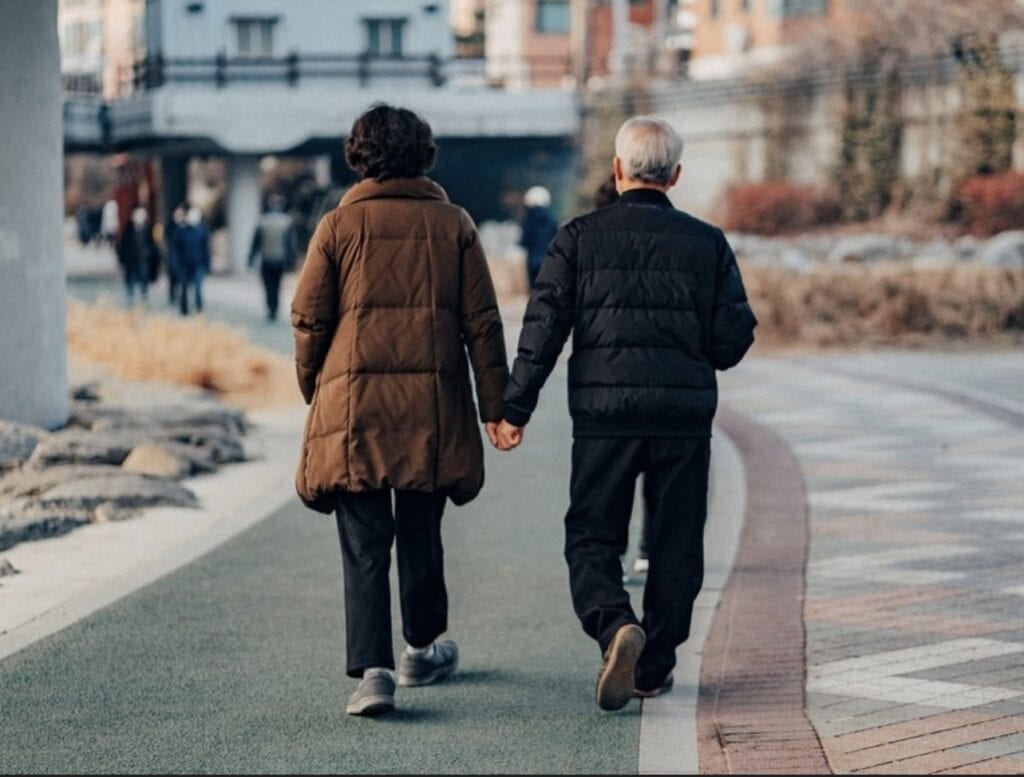
Jogging is characterized by a strong sense of community, consistency and a blend of style. Jogging has become a very social activity, with running crews forming close-knit groups with common codes and aesthetics. Runners typically prefer early morning or late night runs to avoid traffic, pollution and heat. Running is viewed not only as physical activity but also as a means of self-expression. Urban running is popular, particularly in Seoul along the parks along the Han River. There are well-maintained routes that facilitate running at night.
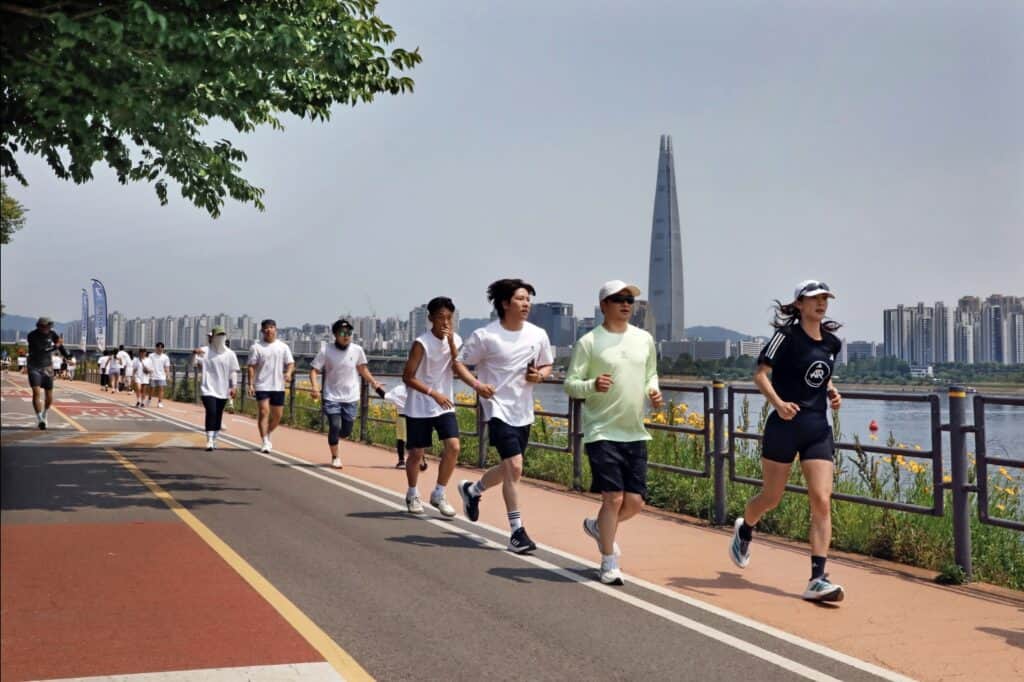
Korean Park exercise uses freely available outdoor equipment that is open to the public and encourages physical activities for people of all ages. These parks are equipped with various machines such as Simple Spinning Wheels and Twisting Machines to bench presses and pull-up bars. These exercise Parks are very popular, especially among older adults and provide a convenient way for people to stay active while enjoying fresh air, Often integrated into natural and urban environments with government effort to promote health and physical aquifer citizens. Furthermore, in order to improve outdoor exercise opportunities, some parks and areas, such as Seoul’s Han River, are being developed under projects like “The Han River Gym Project.”
Hiking is more than just exercise, is deeply ingrained and reflects both historical and contemporary social life. Koreans frequently go hiking in groups, whether they are formal hiking clubs, families or friends. After hikes, It is common for groups to share food and drinks like Soju, turning the experience into a social celebration. Hiking often combines natural beauty with culture and historical landmarks, fortress walls, waterfalls and including temples. Korean hiking culture is a blend of ancient spiritual respect for mountains, modern group activities, health and lifestyle focus, and appreciation of nature intertwined with cultural heritage.
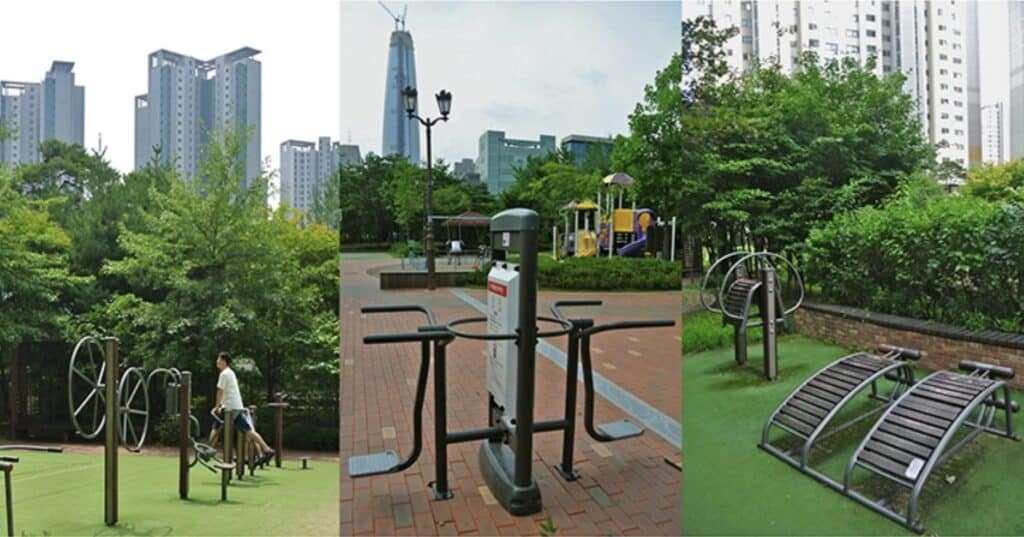
Yoga:-
To keep their bodies toned and feet, Korean people favor pilates and yoga.These exercises help them develop core muscles, achieve proper posture and make their bodies are more flexible. Additionally, they assist them in keeping their bodies trim without overtaxing their joints.
Korean Martial Art:-
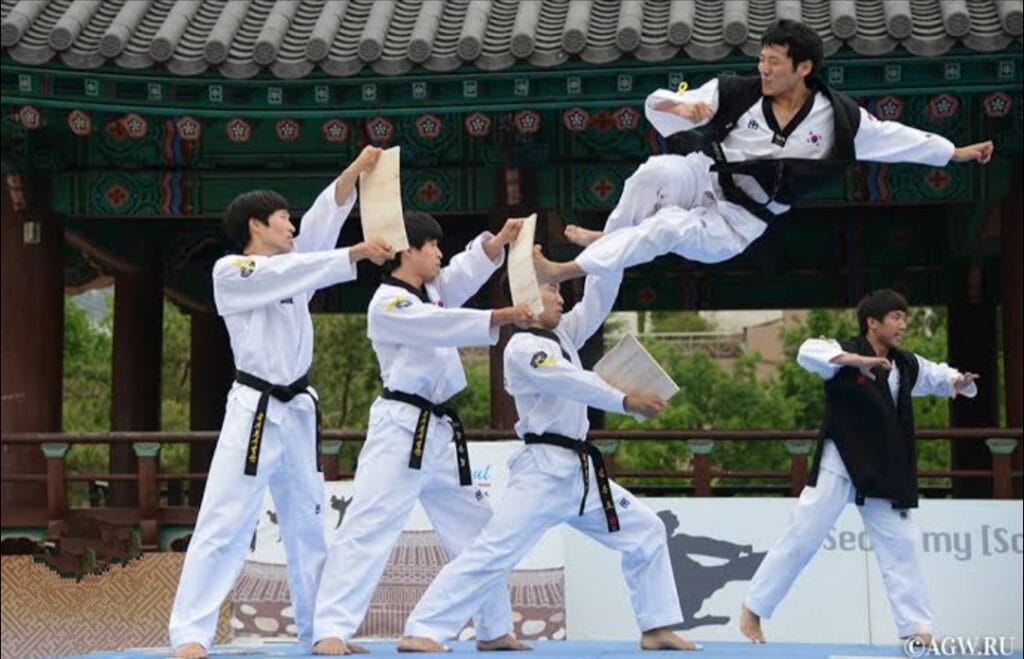
Korean martial arts provide extensive health benefits impacting both physical and mental well being. Taekwondo and Hapkido are Korean martial arts that use ticking, graphing and striking techniques to work multiple muscle groups, providing a full body workout. In addition to improviy circulation and hurt. These also increase stamina and endurance, which benefits cardiovascular health. It also helps reduce stress and anxiety and enhances concentration, mental discipline and self-confidence by requiring students stay present and master techniques.
K-pop Dance:-
K-pop Dance is a dynamic workout. Its routines are high energy and engage various muscle groups providing an effective cardiovascular workout that helps burn Fat mass, boost basal metabolic rate and enhance muscle strength. K-pop dance combines with vibrant music making exercises feel less like a chore and more like a celebration.
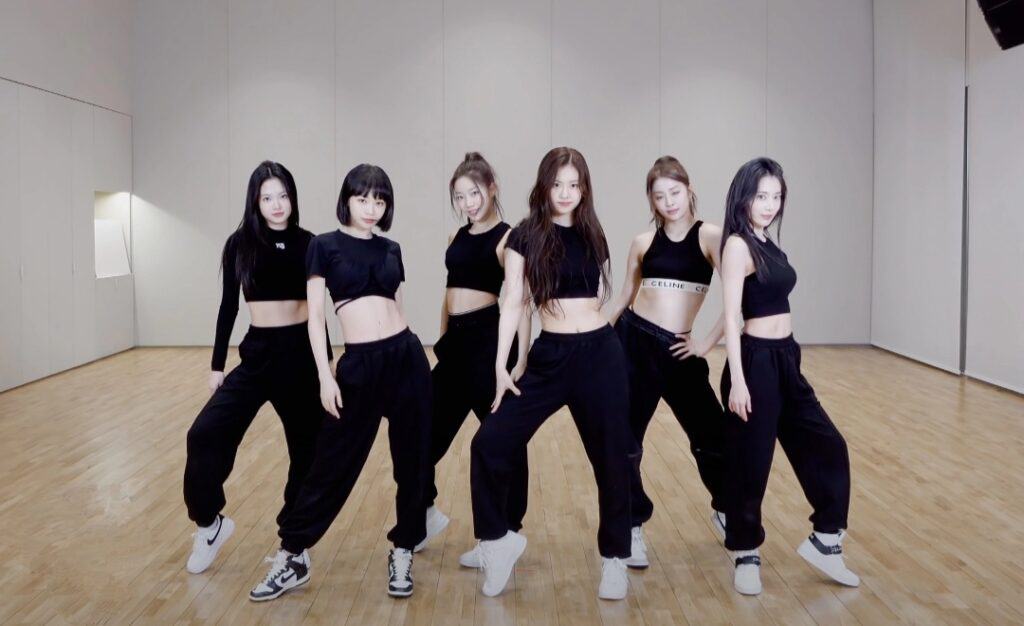
Healthy sleep habits are important to Koreans in order to maintain their vigor and health. They strive for seven to nine hours of good sleep every night, which helps to fix and rejuvenate the body for the next day, enhance cognitive function and control mood. Improves attention, concentration and alertness, which hails in better daily performance and reduces the risk of accidents. It also helps reduce risk of mental health issues such as anxiety and depression.
In addition, Traditional Health Practices:
K-Medicine(Herbal):-
Korean herbal medicine, known as “Hanyak” or as a component of traditional Korean medicine (Hanbang), uses natural herbs to treat a variety of illnesses, to enhance longevity and overall health. The immune system is thought to be strengthened and bodily imbalances, addressed by herbal remedies. Numerous herbs can increase energy levels and have anti-aging qualities, keeping people looking young and energetic.
Korean herbs, especially ginseng, possess strong antimicrobial, anti fungal and antiviral qualities that boost antioxidant defence and improve immune cells function. Chrysanthem and Ginkgo biloba contain compounds that reduce inflammation and oxidative stress.
Korean Sauna(Jjimjilbang):-
In addition to offering a distinctive multi-room heated sauna experience, Jjimjilbang is a public bath house and sauna complex in Korea that promotes social and cultural relaxation. The word “Jjimjilbang” means “Heated Room” referring to various sauna rooms heated with natural elements like clay, salt, charcoal, etc. It helps improve circulation, stress relief, better sleep, respiratory health improvement, muscle pain relief and enhanced skin health.
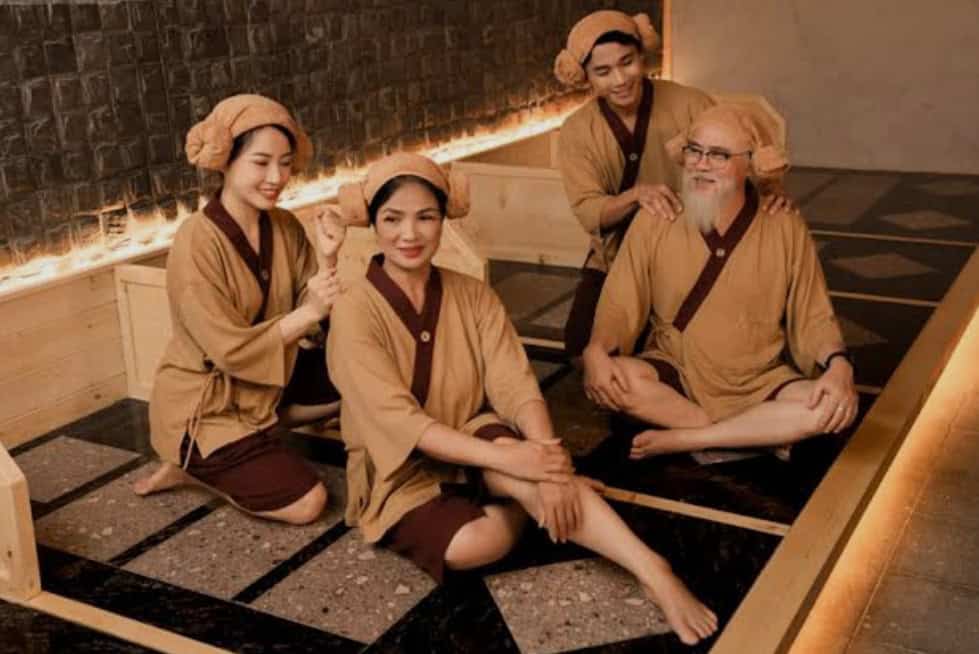
In conclusion, there are important lessons to be learned from the Korean way of light about maintaining your youth and vitality. You can preserve youthful skin and general health by forming routines like sun protection, regular exercise, a diet high in antioxidants and a thorough skin care regimen. A vibrant and active life can also be achieved by prioritizing a healthy work life balance, fostering social relationships, getting enough sleep, and maintaining an optimistic outlook.
Written by – Sahinoor
About the Author –

My name is Sahinoor. I have a strong desire to learn a new language and culture whenever I get spare time. Despite being from a different culture, I have always been interested in other cultures. After watching Korean drama, I became very interested in Korean culture and life-style as a teenager. My passion for learning has given me a fantastic opportunity to write articles. I will be able to broaden my knowledge and discover a lot more about my cherished South Korea by writing articles.
